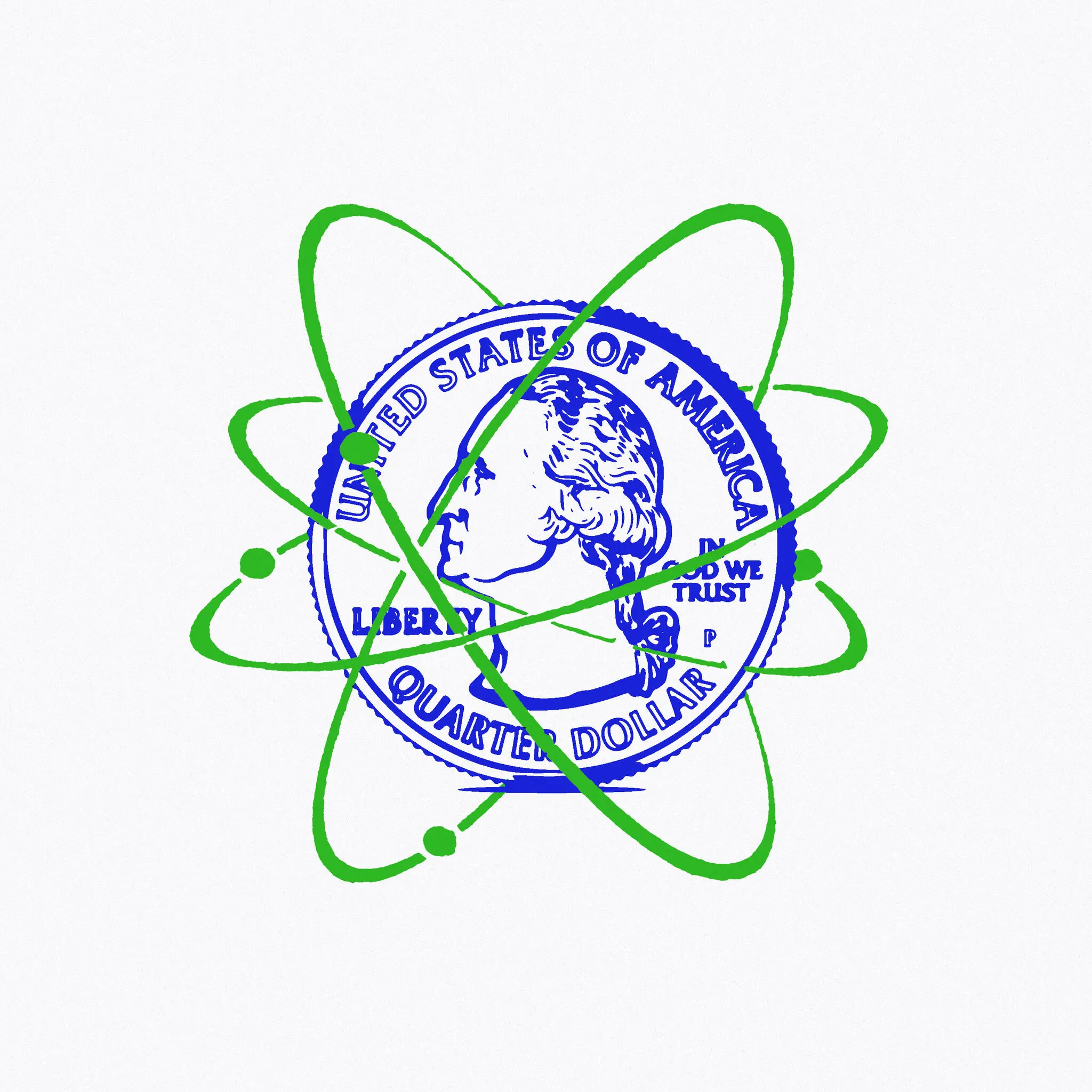Opinion Writer
You’re reading the Peter Coy newsletter, for Times subscribers only. A veteran business and economics columnist unpacks the biggest headlines.
As soon as Kim Budil, the director of Lawrence Livermore National Laboratory, said on Tuesday that cheap, abundant electricity from nuclear fusion is still “probably decades” away, some people lost interest in the news that her lab had achieved a world’s first in fusion research. We earthlings can’t wait decades for a solution to climate change.
There are three reasons to pay attention. One, commercialization of fusion could happen sooner than Budil thinks if enough people get behind it. Two, fusion is a controlled version of what happens inside a nuclear warhead, so it can be used to test computer-aided designs for nuclear weapons. Three, the science is totally cool.
At 1:03 a.m. Pacific time on Mon., Dec. 5, scientists at Livermore, in California’s Bay Area, fired the world’s most powerful laser — 192 laser beams — at a target about the size of a peppercorn or a BB pellet. It was a perfectly round, hollow sphere made of diamond and containing supercooled deuterium and tritium, which are heavier isotopes of hydrogen. The sphere was inside a cylinder the size of a pencil eraser made of depleted uranium lined with gold. The laser beams entered the ends of the cylinder, hitting the gold and generating a bath of X-rays that vaporized the outer layer of the tiny sphere, causing the inner layer to implode and turning the fuel inside into plasma hotter than the center of the sun. Stripped of their electrons, some of the hydrogen atoms fused into helium, releasing energy in the process.
Livermore has zapped spheres of fuel for several decades, with not much to show for it until last year. The breakthrough on Dec. 5 was that for the first time the energy produced by the fusion reactions was greater than the energy directly applied to achieve them. That’s ignition in the scientific parlance.
But the energy that’s directly applied is only part of the total energy that the overall system requires. For one thing, Livermore’s monster laser isn’t 100 percent efficient. The next step — getting so much energy out of fusion that it exceeds the total energy drawn from the grid — is still a long ways off. Still, Livermore scientists were over the moon. When Tammy Ma, a plasma physicist, got word a few hours later, she was at San Francisco International Airport waiting for a flight. She told reporters on Tuesday that she burst into tears of joy.
A changing climate, a changing world
Climate change around the world: In “Postcards From a World on Fire,” 193 stories from individual countries show how climate change is reshaping reality everywhere, from dying coral reefs in Fiji to disappearing oases in Morocco and far, far beyond.
The role of our leaders: Writing at the end of 2020, Al Gore, the 45th vice president of the United States, found reasons for optimism in the Biden presidency, a feeling perhaps borne out by the passing of major climate legislation. That doesn’t mean there haven’t been criticisms. For example, Charles Harvey and Kurt House argue that subsidies for climate capture technology will ultimately be a waste.
The worst climate risks, mapped: In this feature, select a country, and we’ll break down the climate hazards it faces. In the case of America, our maps, developed with experts, show where extreme heat is causing the most deaths.
What people can do: Justin Gillis and Hal Harvey describe the types of local activism that might be needed, while Saul Griffith points to how Australia shows the way on rooftop solar. Meanwhile, small changes at the office might be one good way to cut significant emissions, writes Carlos Gamarra.
As an interesting aside, the Livermore experiment produced a lot of power (how fast energy is used, as in weight lifting) but not much total energy (as is expended over the course of a marathon). For less than a billionth of a second, the power from fusion reactions was far greater than that of the entire U.S. power grid. But because the pulse was so brief, the total energy produced was only about enough to boil a few kettles of water.

